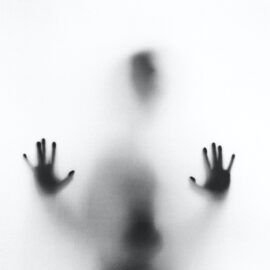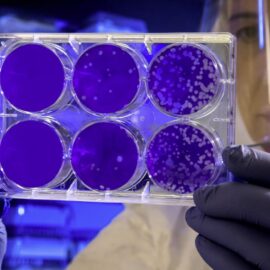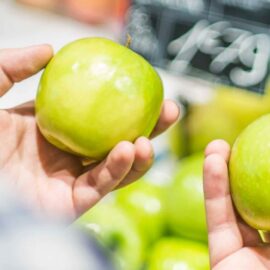
What’s the ideal fasting diet for women? Why is fasting trickier for women?
In her book Fast Like a Girl, Mindy Pelz focuses on women’s fasting because, unlike men, women experience monthly and menopausal hormonal cycles. Women need to pay more attention to their fasting and eating habits due to this cycle.
Below we’ll explore Pelz’s advice for tailoring a fasting schedule that aligns with women’s hormonal cycle.
Mistimed Fasting Creates Hormonal Imbalance
Pelz explains that a fasting diet for women depends on their hormonal cycle. A woman’s hormonal cycle spans the time from the onset of menstruation (the first day of bleeding) to the beginning of the next period. On average, this takes 28 days, but it’s normal for cycles to be a bit longer or shorter.
Throughout each cycle, the levels of three key hormones—estrogen, progesterone, and testosterone—rise and fall. Pelz emphasizes that each of these hormones thrives on specific blood sugar and insulin levels. When you provide the necessary environment for each hormone, you enhance your overall health. However, mistiming your fasting or consuming the wrong foods can deprive these hormones of the nourishment they require to keep your body in balance, leading to a spectrum of unpleasant symptoms.
(Shortform note: Since research on how fasting and nutrition affect women’s hormones is still in the early stages, it’s difficult to say exactly how estrogen, progesterone, and testosterone depend on different blood sugar and insulin levels. However, research shows that each of these three hormones plays a role in regulating blood sugar and insulin levels: Balanced levels of estrogen and progesterone can help reduce blood sugar levels and enhance insulin sensitivity. Meanwhile, unusual testosterone levels, whether high or low, have been associated with increased insulin resistance.)
Align Your Fasting Schedule With Your Hormonal Cycle
Pelz suggests that you can establish and maintain hormonal balance by following her fasting schedule. If you have a regular cycle, start the schedule on your first day of bleeding and follow it until your next period. If your cycle is irregular or nonexistent due to factors like birth control, stress, or menopause, start when you want and follow a 30-day continuous schedule.
Pelz divides the hormonal cycle into four phases, providing fasting and dietary advice for each. Let’s explore the specifics of each phase.
Phase #1: Days One to 10
On day one of your hormonal cycle, when bleeding begins, estrogen, testosterone, and progesterone levels are at their lowest. Your body starts building its estrogen stores to prepare for a new round of ovulation.
Consume a maximum of 50 grams of complex carbohydrates (to keep blood sugar and insulin levels low) and up to 75 grams of protein. Pelz also suggests that more than 60% of your food should be in the form of “good” fats, specifically those naturally high in cholesterol.
Phase #2: Days 11 to 15
During days 11 to 15 of your cycle, when ovulation occurs, your estrogen levels reach their peak and your testosterone levels elevate. On these days, Pelz recommends that you help your body metabolize the hormones it has been producing. Pelz advises against fasting for longer than 15 hours on each of these five days.
Phase #3: Days 16 to 18
During days 16 to 18 of your cycle, your hormone levels dip, which might cause your energy levels to drop. Pelz suggests that you fast for 15 hours each of these days, and follow the dietary guidelines provided for Phase #1.
Phase #4: Day 19 Until Bleeding Begins
On day 19 of your cycle, your body begins producing progesterone. To support healthy progesterone levels during this phase, she recommends that you avoid fasting until your next cycle begins (or, if you don’t have a cycle, until the 30 days are up). There are two reasons for this. First, stress decreases progesterone levels (fasting creates hormetic stress). Second, progesterone thrives on higher blood sugar and insulin levels, which fasting tends to decrease. Additionally, she suggests that you follow the dietary guidelines provided for Phase #2.






